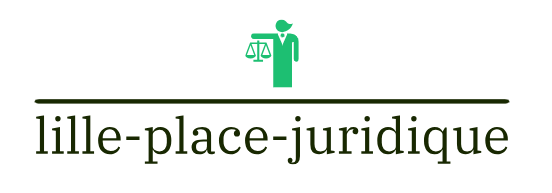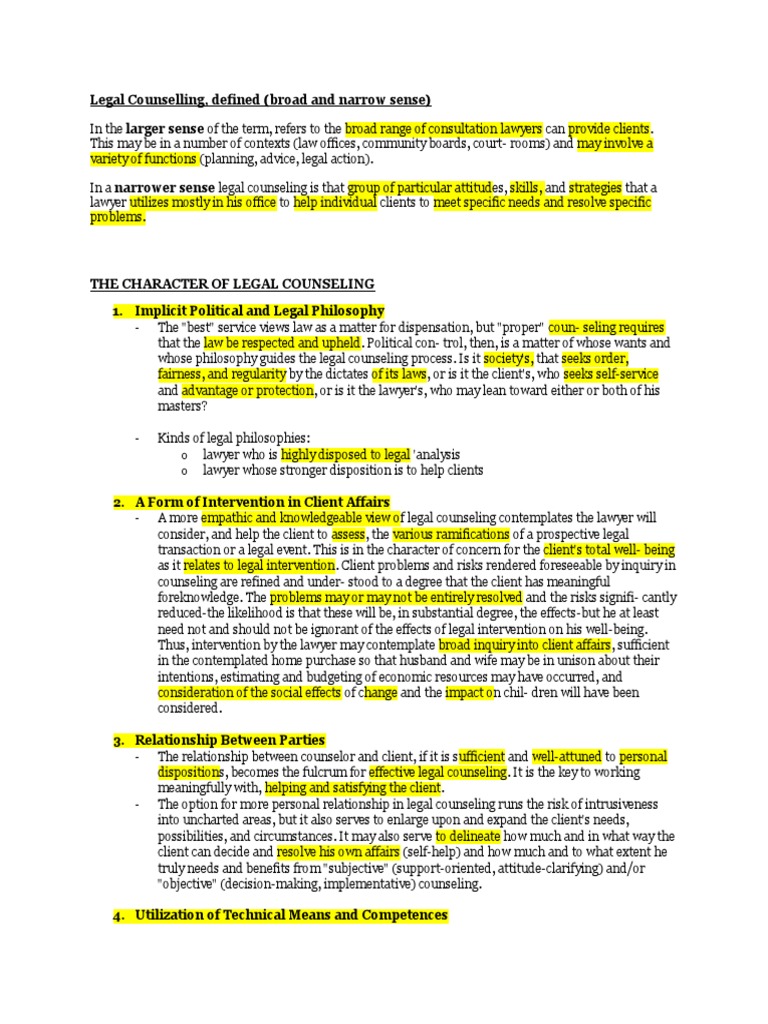Navigating the Path to Compliance
In today’s complex legal landscape, adhering to established guidelines is paramount for businesses and individuals alike. Understanding and implementing legal guidelines not only ensures regulatory compliance but also fosters a culture of responsibility and accountability. Let’s delve into some key aspects that can help you navigate this intricate path effectively.
The Importance of Legal Guidelines
Legal guidelines serve as a framework that defines permissible actions within a given jurisdiction. Whether in business operations, contractual agreements, or personal conduct, adhering to legal guidelines is essential to avoid legal consequences and maintain ethical standards. Failure to comply can lead to financial penalties, reputational damage, and even legal action.
Understanding Applicable Laws and Regulations
To navigate the path to compliance, it’s crucial to have a comprehensive understanding of the laws and regulations relevant to your industry or activities. Stay informed about any updates or changes to ensure that your practices align with the current legal landscape. This proactive approach helps in avoiding pitfalls and adapting to evolving legal requirements.
Developing Robust Compliance Programs
For businesses, developing robust compliance programs is key to aligning operations with legal guidelines. These programs should encompass policies, procedures, and training initiatives that educate employees on compliance requirements. Regular assessments and audits are integral components to ensure the effectiveness of these programs.
Ensuring Ethical Conduct
Beyond the legal aspect, ethical conduct forms the foundation of a responsible and sustainable business or individual practice. Legal guidelines often overlap with ethical considerations, emphasizing the importance of making decisions that go beyond mere compliance. Upholding ethical standards builds trust with stakeholders and contributes to long-term success.
Risk Management Strategies
Legal compliance is closely tied to risk management. Assessing potential risks, whether in contracts, operations, or interactions, allows for proactive mitigation. By identifying and addressing risks early on, individuals and organizations can navigate legal complexities with greater ease, reducing the likelihood of legal disputes.
Contractual Compliance and Obligations
Contracts are a fundamental aspect of many legal relationships, and ensuring compliance with contractual obligations is crucial. Legal guidelines often dictate the terms and conditions of contracts. Regularly review and update contracts to reflect changes in laws and regulations, maintaining alignment with legal expectations.
Employee Training and Awareness Programs
An informed workforce is a powerful asset in achieving legal compliance. Implement comprehensive employee training and awareness programs to educate staff about legal guidelines relevant to their roles. This not only reduces the risk of inadvertent violations but also fosters a culture of compliance throughout the organization.
Continuous Monitoring and Adaptation
Legal landscapes are dynamic, and what is compliant today may not be tomorrow. Continuous monitoring of legal developments and industry standards is essential. Regularly evaluate and adapt your practices to align with the ever-evolving legal environment, ensuring that your approach remains current and effective.
Legal Consultation and Expert Guidance
When in doubt, seek legal consultation. Engaging with legal experts provides valuable insights and guidance tailored to your specific situation. Whether it’s interpreting complex regulations or addressing potential legal challenges, expert advice can be instrumental in navigating legal nuances.
Legal Guidelines: A Link to Compliance
For a comprehensive guide on legal guidelines and compliance strategies, visit Legal Guidelines. This resource offers in-depth insights, practical tips, and valuable information to support individuals and businesses on their journey to legal compliance. Remember, navigating the path to compliance is an ongoing commitment that requires diligence, awareness, and a proactive mindset.





